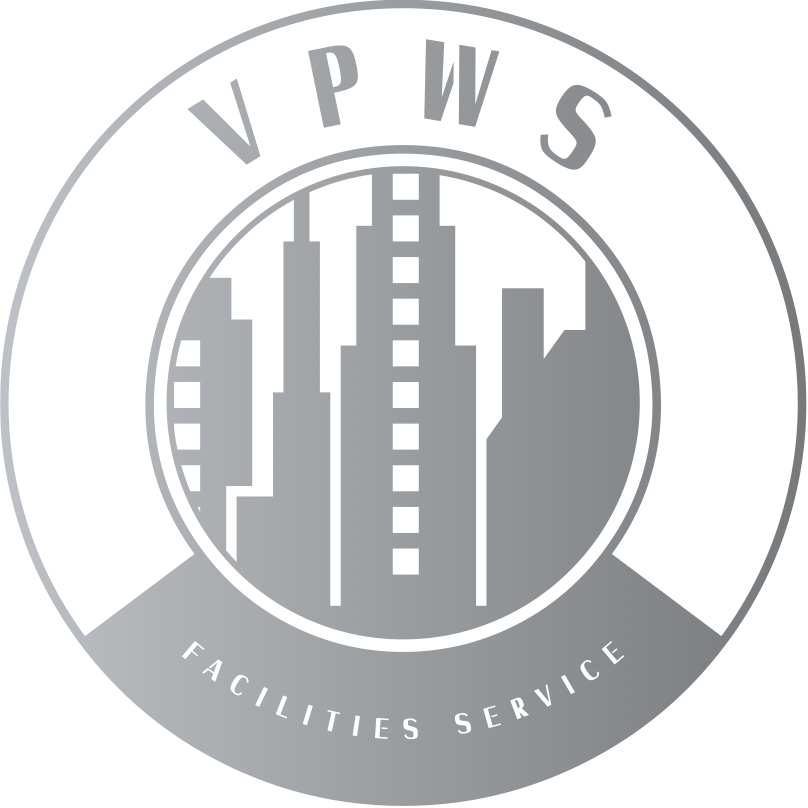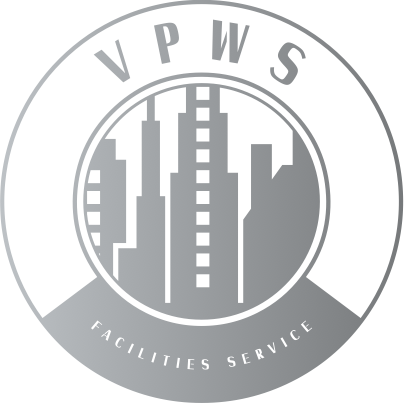Innovations in Commercial Cleaning Technology: What’s New in the Industry
The commercial cleaning industry has come a long way from the traditional mop and bucket method. With advances in technology, the tools and techniques used to keep workplaces clean have become more efficient, effective, and sustainable. In today’s fast-paced world, businesses are turning to innovative solutions that not only improve cleanliness but also save time, reduce costs, and promote a healthier environment for employees and customers alike.
Here’s a look at the latest innovations in commercial cleaning technology that are transforming the industry.
1. Robotic Cleaning Machines
One of the most exciting advancements in commercial cleaning is the rise of robotic cleaning machines. These automated devices are designed to handle routine cleaning tasks like floor scrubbing, sweeping, and even vacuuming. Robotic cleaners are equipped with sensors and AI algorithms that allow them to map out the space, detect obstacles, and adjust cleaning patterns accordingly.
These machines are a game-changer for large commercial spaces like office buildings, warehouses, and shopping centers. Not only do they improve efficiency by cleaning around the clock, but they also reduce the need for human labor in routine tasks, allowing staff to focus on more complex areas of cleaning.
2. UV-C Sterilization Technology
The demand for sanitary and germ-free environments has increased, especially in the wake of the COVID-19 pandemic. One of the most effective tools emerging in response to this need is UV-C sterilization technology. UV-C light has been proven to kill bacteria, viruses, and other harmful microorganisms, making it an ideal solution for disinfecting high-touch surfaces in commercial spaces.
UV-C devices are portable and can be used on everything from doorknobs and light switches to shared office equipment like phones and computers. With this technology, businesses can ensure a higher level of cleanliness without relying solely on chemical disinfectants.
3. Smart Cleaning Systems
Smart cleaning systems are changing the way commercial cleaning is managed. These systems integrate IoT (Internet of Things) technology, sensors, and cloud-based software to monitor and optimize cleaning schedules. Smart sensors placed throughout a building can track foot traffic, monitor air quality, and detect areas that require more frequent cleaning.
For example, a smart trash can might alert cleaning staff when it’s full, or a restroom monitoring system can notify the team when supplies like toilet paper or soap are running low. This level of automation ensures that cleaning tasks are performed at the right time, improving both efficiency and effectiveness.
4. Green Cleaning Technologies
Sustainability is a major concern for businesses today, and commercial cleaning services are responding with greener solutions. Eco-friendly cleaning products are now widely available, and many cleaning companies are adopting green cleaning practices to meet the growing demand for environmentally responsible services.
One of the most innovative green cleaning technologies is the use of electrostatic sprayers. These devices charge cleaning solutions as they are sprayed, allowing them to adhere to surfaces more effectively. This reduces the amount of cleaning solution required and minimizes waste, making it a more sustainable option compared to traditional cleaning methods.
5. High-Efficiency Cleaning Equipment
In the past, cleaning equipment like vacuums and carpet extractors used to consume a lot of energy and water. However, recent innovations have led to the development of high-efficiency equipment that uses less water and energy without compromising on performance. These advanced machines are perfect for large commercial properties, as they allow for deep cleaning with minimal resources, reducing both environmental impact and operational costs.
For instance, newer carpet extractors can clean more efficiently by using less water and drying carpets faster, which means less downtime for businesses. Similarly, modern vacuums have advanced filtration systems that capture finer particles, improving indoor air quality while cleaning.
6. Cloud-Based Cleaning Management Software
As businesses continue to digitalize their operations, cleaning services are also benefiting from cloud-based management platforms. These platforms allow cleaning companies to streamline their operations, track service progress, and communicate more effectively with clients.
For example, cleaning managers can schedule tasks, monitor staff performance, and track supply usage all from a single platform. This makes it easier to maintain consistency in service quality while improving communication between cleaning staff and clients. Clients can also provide real-time feedback, ensuring that the cleaning meets their expectations.
7. Nano-Cleaning Technology
Nano-technology is making waves in the cleaning industry with its ability to create ultra-thin coatings on surfaces that prevent the buildup of dirt, grime, and bacteria. Nano-coatings are invisible layers applied to floors, countertops, and other high-touch surfaces to protect them from contamination.
The benefits of nano-cleaning technology are immense, especially in high-traffic commercial environments. These coatings make it easier to clean surfaces and reduce the frequency of deep cleaning, which ultimately saves time and money.
8. Touchless Cleaning Systems
As hygiene standards continue to evolve, touchless cleaning systems are gaining popularity. Touchless dispensers for hand sanitizers, paper towels, and soap are becoming standard in restrooms, reducing cross-contamination risks.
In addition, touchless cleaning systems for trash cans, door openers, and other high-contact areas help prevent the spread of germs and minimize the need for employees to physically interact with cleaning equipment. These systems offer a convenient, hygienic, and efficient way to maintain cleanliness without the risk of cross-contamination.
Conclusion
The commercial cleaning industry is undergoing a major transformation thanks to technological innovations. From robotic cleaners and UV-C sterilization to eco-friendly solutions and smart cleaning systems, these advancements are improving the efficiency, sustainability, and effectiveness of commercial cleaning services.
By embracing these technologies, businesses can create cleaner, healthier environments for their employees and customers while reducing costs and improving operational efficiency. As these tools continue to evolve, the future of commercial cleaning is bright—and it’s more high-tech than ever.

